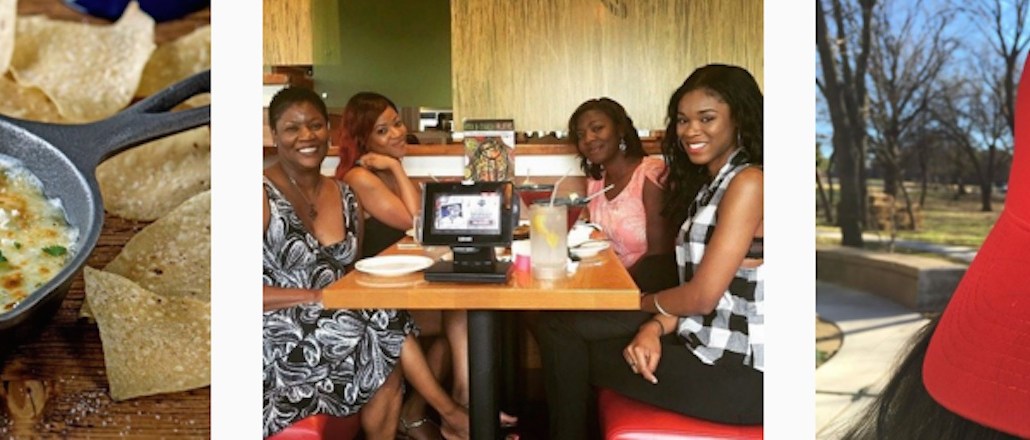
In the mood for some Tex-Mex but want to avoid any pesky human interaction? Chili’s has your back.
At the chain, you can browse, order and even pay for your meal using a digital tablet at its restaurants. If you want pickup, you can order from the Chili’s app on your smartphone or tablet, track your order in real time and skip the line. Now, it is planning to let its customers pay for meals as part of Amex’s Plenti loyalty program.
“Over the past few years, we have made a sizeable investment in building the right teams and infrastructure to deliver an optimal digital experience to our guests,” said Wade Allen, vp of digital innovation and customer engagement at Chili’s. “All the technology we have brought in is centered around enhancing and amplifying the personal experience our restaurants already provide.”
The casual dining chain has been spearheading a major digitization drive in its restaurants since 2013, when it first tested out the Ziosk tablets across some of its restaurants. The tablets, which were eventually rolled out in 2014, let customers order their meals and pay for them through a screen across 70,000 Chili’s tables nationwide. The brand also unveiled a new loyalty program called “My Chili’s Rewards” last year, combining technology, personalization and gamification to make earning and redeeming points an engaging experience.
For Allen, reinventing the dining experience is necessary not only to improve operational efficiency in Chili’s restaurants, but to also connect the brand better with customers.
“Guests’ expectations are changing; they want an increasingly seamless and personalized experience: ‘How many points do I have? What can I redeem them for? How does the menu appeal to my tastes?’” Allen said. “What we’re trying to do is figure out what the modern iteration of casual dining looks like.”
So far, the efforts have borne fruit: The brand saw over 4.2 million customers participate in the first six months of the loyalty program that launched last year. It has also seen the efficiency of its operations improve since the tabletop Ziosk tablets launched in 2014. Three-quarters of its credit card sales now come from Ziosk, while approximately a quarter of guests also use the tablets to complete Chili’s various surveys — helping it get real-time feedback which it then uses to implement further changes.
Last week, Chili’s became the first restaurant to join Amex’s multi-brand loyalty program Plenti. Through the partnership, Chili’s guests will now be able to earn and redeem points across multiple brands including Macy’s and RiteAid, among others — irrespective of their credit card or payment system. The brand is also set to overhaul its online ordering in the upcoming few months.
“Chili’s definitely has an edge over its competitors because they were the first to utilize these tabletop tablets,” said Lauren Hallow, associate editor, concept analyst at Technomic. “Data shows that they have the highest penetration for automated service usage among others including Applebee’s, McDonald’s and Olive Garden.”
These various digital initiatives also give Chili’s access to a huge swath of data, which it can then use to better segment and target its consumer base. The more its surveys and apps are able to track consumers’ eating choices and spending habits, the better it can customize loyalty programs, offers and ad targeting.
It was through data mining, for instance, that it got the insight that modern consumers prefer fresh ingredients and recipes and streamlined its menu to introduce the “Fresh Tex, Fresh Mex” range. It has also started making guacamole live at consumers’ tables, catering to millennial perceptions of food being an experience, dubbing it “food theater at the table.”
“Data is a critical piece of this whole exercise,” said Allen. “The more we know about them, the better we can cater to them.”
More in Marketing

How the MAHA movement influenced food and beverage brands in 2025
The MAHA movement has come to stand for different things in different people’s eyes, depending on which initiatives they most closely follow.

Why Georgia-Pacific is turning its programmatic scrutinty to the sell side
The company is turning its attention to the sell side, zeroing in on the ad tech firms that move inventory for publishers — the supply-side platforms.

Future of Marketing Briefing: Why ‘just good enough’ is generative AI’s real threat to marketers
When characters and mascots are allowed to live inside generative systems, they stop being event-based and start becoming environmental.





